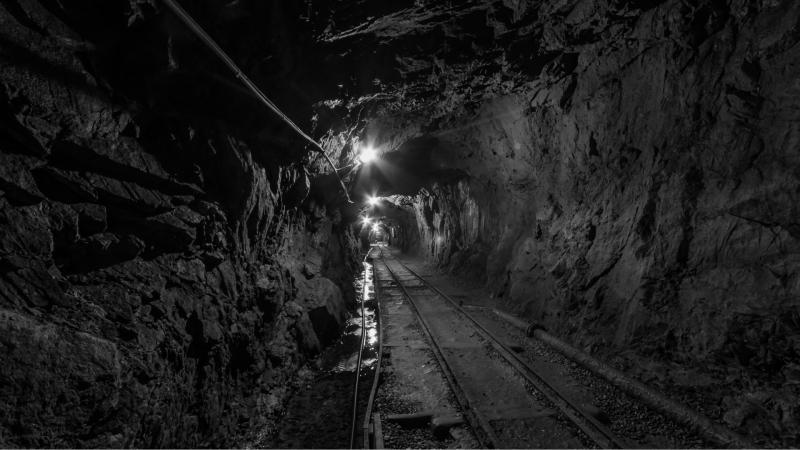
In a new study, scientists have found a revegetated coal mine to be an excellent site for long-term storage of carbon.
Coal mining was once the backbone of our energy requirements for the country. Even today, India is the fourth largest producer of coal and has the fifth largest coal reserves in the world. However, once coal has been extracted from a mine, the mines are usually discarded or converted into other industries or tourist attractions.
Scientists from Indian Institute of Technology, Dhanbad are now studying discarded surface coal mines, to determine the potential of using them as enormous carbon sinks, capable of storing large amounts of the greenhouse gas for a long period.
Carbon Sequestration is the process of storing carbon for long periods. Wetlands, forests, peat bogs are all excellent sources for carbon sequestration, storing millions of tons of carbon. For their new study, the scientists wanted to study the carbon sequestration potential and mine soil quality of revegetated carbon mines. They studied three types of sites—Young, intermediate and old, depending on how much time passed since revegetation of the mine. Soil quality was assessed by studying the accretion of soil organic carbon (SOC), available Nitrogen and Soil Carbon Dioxide Flux. They then compared the results obtained to a reference forest site.
The study revealed a threefold increase in SOC and a five-fold increase Nitrogen concentration, in a revegetated coal mine, after 14 years of revegetation, which was found to be equivalent to the reference site. Carbon sequestered by the sites between 2 to 14 years after revegetation also showed a significant increase, with above ground biomass accounting for the maximum share of sequestered carbon. The study also revealed an increase in carbon dioxide concentration with age.
The study revealed other details about the soil and vegetation in the place too. Soil respiration was found to be influenced by temperature more than the soil moisture content. The study also identified North Indian Rosewood (Dalbergia sissoo) and Katsagon (Heterophragma adenophyllum) species trees to be ideal for revegetation of such sites. The study gives us an excellent alternative to combat the effect of greenhouse gases, while recycling our discarded coal mines.





